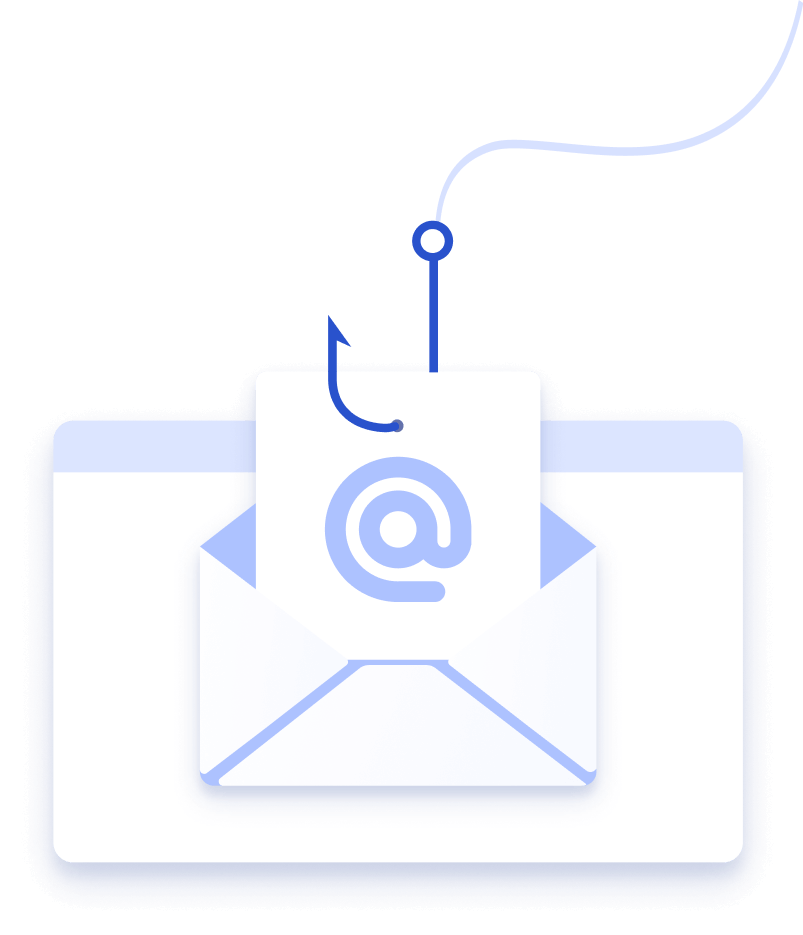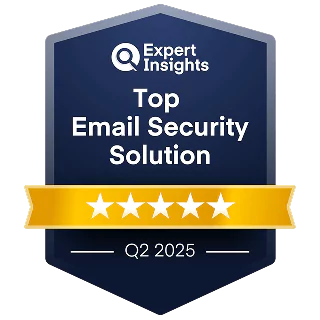Phishing Link Checker
Enter a full URL or email content with links to check if it's safe before you visit. Our AI-powered, phishing link checker gives real-time results.
About Phishing Link Checker Tool
Our scam website checker and link tester tool helps you detect malicious links in emails, text messages, websites, and other online content. After scanning associated links for suspicious patterns, our AI can determine if a phishing scam is detected.
EasyDMARC’s link safety checker ensures you don’t accidentally click on malicious links that could potentially lead to identity theft or financial loss. It works by comparing links to a database of known phishing websites. If the link is identified as suspicious, the tool will alert you and provide information on the original URL, redirected URL, and URL status.
EasyDMARC’s phishing and scam link checker can help you avoid falling victim to phishing scams and keep your personal information secure.

Recently Checked URLs
| Url | Status |
|---|---|
| https://vt.tiktok.com/ZS271Macj/ | Suspicious |
| https://forms.gle/5EFC1Eveom9S47EC8 | Suspicious |
| https://did.li/GJKaa | Clean |
| https://l.facebook.com/l.php?u=http%3A%2F%2Fgilaeflicolif-bilockr.com%2F%3Ffbclid%3DIwZXh0bgNhZW0CMTAAAR2fg71dqUTh58fOm8Je9LkR77eKuifFJK2IrBFQ098SruAxn-voUlVxL0I_aem_s1XernZ95w-PxjPXbDvI8w&h=AT2bZL02CRy91jiUO2zMis_khUsmh7jhB8nlfBJHHOMXM3SMWlDDuKQ5Col43Dy1GwTNohd5g4irv1Kzjq1C_9kfykvRCb4f0pdC5xnlEQ7EfMJafhc5KAUzDyFpJ7iW0HZQCPCYjR-a0Uy4iBo | Suspicious |
| https://deltg.ru/k0XK6XayRk | Suspicious |
| https://h5.bit-mart.site/#/userCenter | Suspicious |
| https://wylwa.cfd/i/ | Suspicious |
| https://www.tiktok.com/t/ZTFfN7fGX/ | Suspicious |
| https://vt.tiktok.com/ZS27RP5bn/ | Suspicious |
| https://vt.tiktok.com/ZS27ew77T/ | Suspicious |
How does the Phishing Link Checker work?
EasyDMARC’s Phishing Link Scanner detects phishing and malicious websites using a high-quality machine-learning algorithm. This link scam checker parses high-quality datasets containing millions of updated phishing URLs and feeds them into the model. AI reads patterns and learns to differentiate between good and malicious links with more than 90% accuracy.
Here's how the tool works:
- Extracts all URLs from the pasted text
- Scans these URLs to detect any issues
- Tells you whether they are "Good" or "Suspicious"
How to identify URL phishing?
While using our tool is a safe way to eliminate the risk of suspicious URLs, you can identify phishing attempts or malicious links with the naked eye.
Ask yourself the following questions before clicking on any URL:
- Is the message legitimate? When you receive a link directing you to another website, it can be potentially harmful unless proven otherwise.
- Who’s sending you the message, and what do they want? If the request seems in any way unusual, even if it appears to be from someone you know, always seek verbal confirmation.
- Does the email urge you to take action immediately? This is a sign that you could be being exploited.
- Does the URL look suspicious? Always check the URL of the website before clicking on it by hovering your cursor above the link and checking the text that displays at the bottom left of your browser.
- Are there slight variations in names and words? Professional cybercriminals use letter combinations that look similar ("rn" looks like "m"), letters from foreign alphabets (Cyrillic "а" looks like Latin "a"), or numbers that look like letters ("0" looks like "O").
- Is the email directing you to an HTTPS site? Websites with a Secure Socket Layer (SSL) certificate, shown as HTTPS, are more secure than HTTP sites because they encrypt data transmitted between the user and the website.
- Is the message grammatically correct? Check for any blunders in spelling or grammar. Hackers often deliberately misspell words to avoid spam filters.
How to check link safety with EasyDMARC?
You can use EasyDMARC's phishing link tester by copying and pasting the URL into the search bar and clicking "Enter." You’ll receive information about each link separately in a few seconds. You can also paste text containing links into the box. The tool checks for phishing URLs, simultaneously detecting and analyzing up to 20 links.
What does a "good URL" mean?
"Good" is one of the outcomes of our phishing link checker. It usually means the link doesn’t contain any malicious elements. Basically, it’s a legitimate brand link and can’t lead to a phishing site.
What does a "suspicious URL" mean?
"Suspicious" is the second outcome our safe link checker tool can produce. It means the URL in question leads to a malicious website, and it’s better to avoid clicking it.

